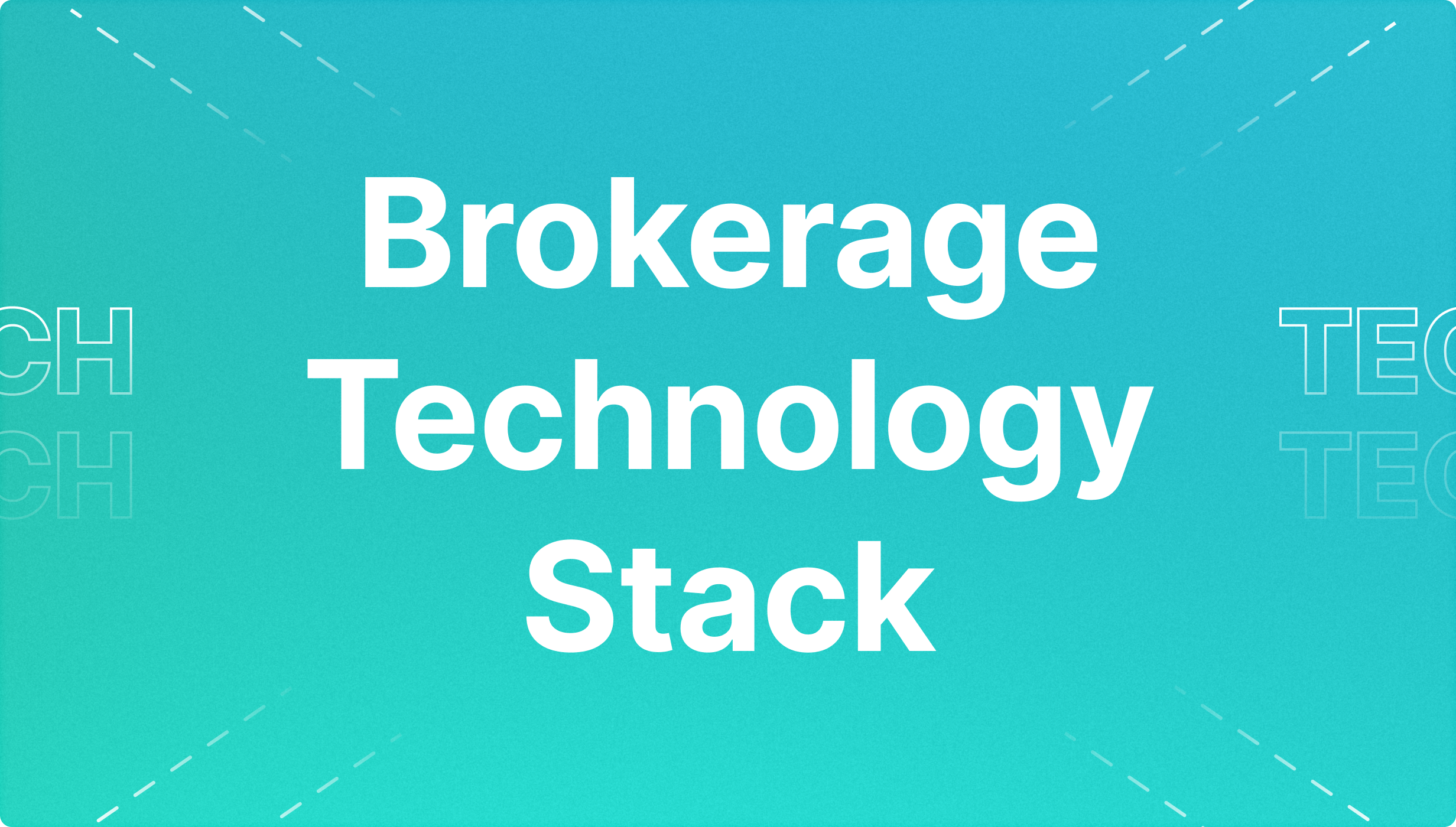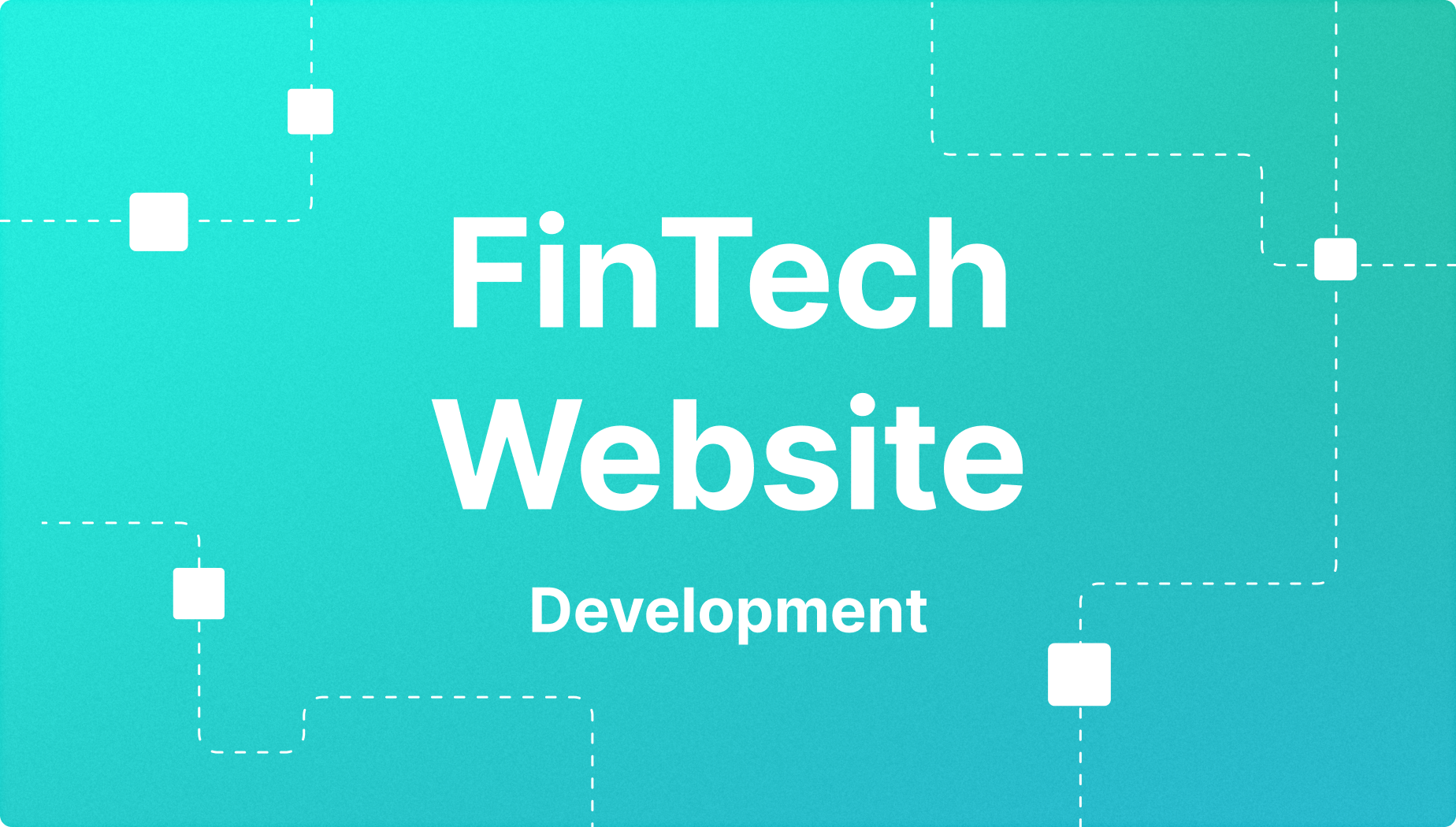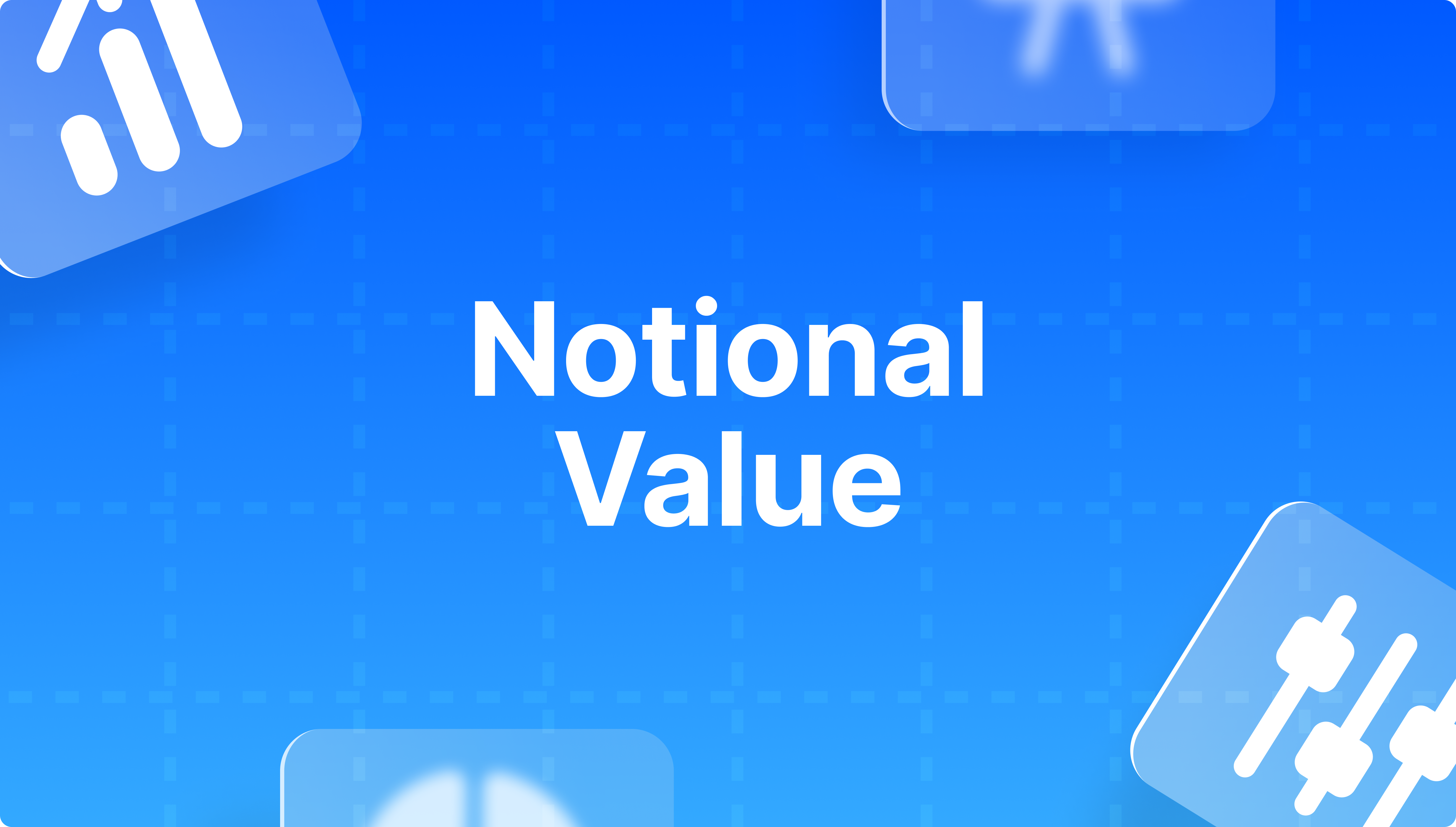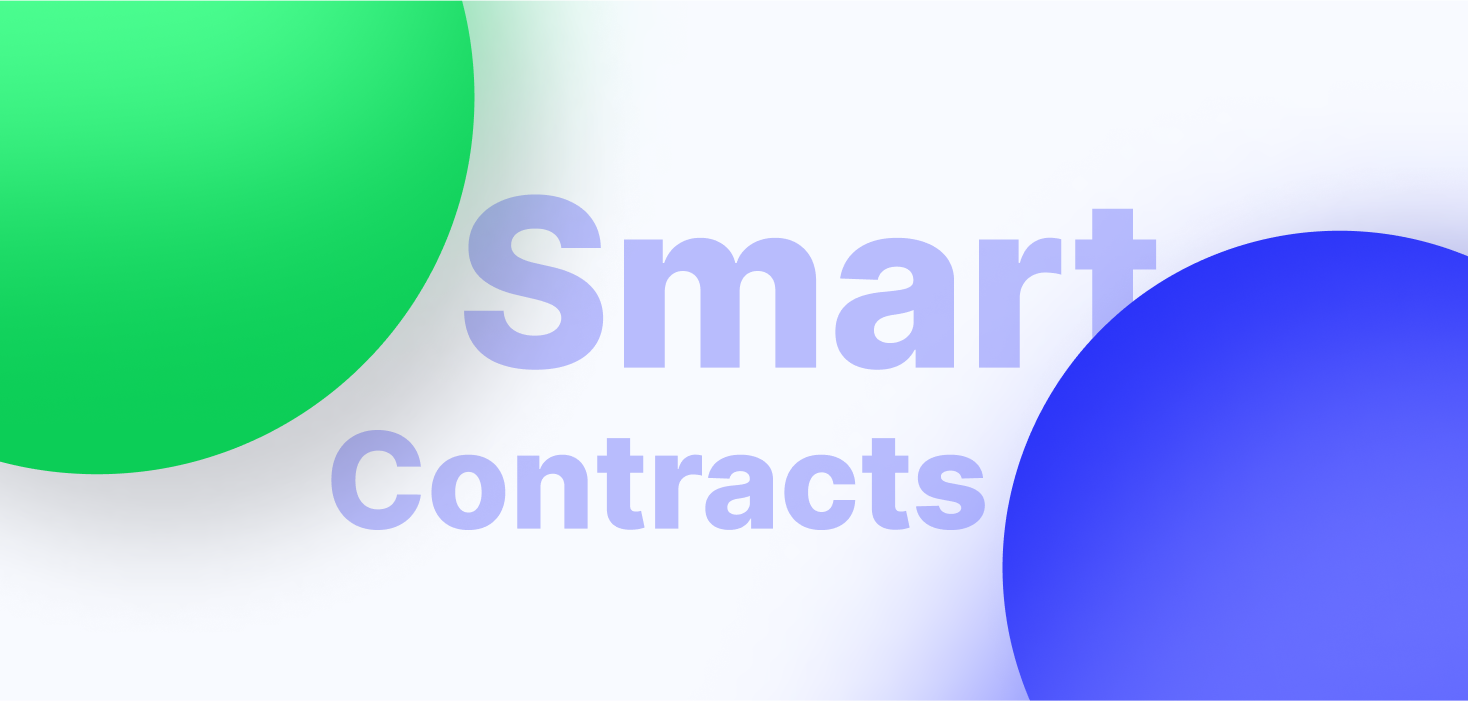IDO vs. ICO: What’s the Difference?
Articles


Proper financing is one of the most important components in the success of any business, and fundraising was always one of the vital means of attracting investments. This method has significantly revolutionized the field of crypto ventures. Token pre-sales have become an effective way for crypto businesses to raise funds. As a result, the general public became aware of ICOs and, in due course, IDOs as crypto fundraising methods.
In this article, we will go through an initial DEX Offering (IDO), what an ICO is, what’s the difference between them, and their advantages and disadvantages.
What is an IDO?
An IDO, or initial DEX offering, is the first step towards a new era of decentralized crypto crowdfunding.
A project launching an IDO is issuing a currency or token through a decentralized exchange, which is a type of crypto exchange that is based on liquidity pools that allows participants to exchange coins, tokens, and stablecoins.
There is an entire database of future, active, and historical projects that are fundraising. New ideas are classified according to their fundraising stage: IDO, IEO, ICO, private sale, public sale, and crowd loan. For example, you can visit the CoinMarketCap calendar and easily browse the platform.
With their improved and instant liquidity at all market levels, IDOs are great fundraising options for new projects and entrepreneurs seeking to establish a token and access rapid funding.
Unlike the previously listed ways of crowdfunding, IDOs are usually seen as a fair approach to establishing a new cryptocurrency project by eliminating pre-mines, which benefits project owners. In June 2019, a team of developers behind Raven Protocol stated that they would be the first to launch an IDO, which would be successfully listed on Binance DEX.
Raven Protocol is a protocol for deep neural networks that is decentralized and distributed. It uses blockchain technology to provide low-cost, quick solutions in the AI and machine learning sectors, which are controlled by large enterprises today.
There has been a shift in people’s opinions in the crypto community about the need for IDOs. Many companies were aiming to address blockchain problems when ICOs and token sales were booming in 2017, earning almost 5 billion dollars by the end of the year. While several projects have become successful, far more struggled and disappeared. Therefore, it became difficult to ignore the reality that ICOs have several flaws, such as centralization, third-party favoritism, exposure to cyberattacks, human mistakes, and a lack of privacy. These are all significant ICO flaws IDOs are supposed to substitute.
Due to the generally decentralized nature of IDOs, this new fundraising mechanism seeks to tackle the problems associated with ICOs while offering new opportunities to the cryptocurrency industry. IDOs crowdfunding may allow entrepreneurs to avoid third-party influencers while minimizing cybercriminals’ involvement and the probability of a human error. Furthermore, the currencies of token purchasers and holders are protected on their crypto wallets and private keys.
Now, with a broader understanding of IDOs, let’s move on and learn the essential aspects of an ICO.
What are Initial Coin Offerings?
ICOs are another method used by enterprises to raise funds. Investors acquire unique crypto assets in return for their initial investment in the company via ICO platforms. It is a form of supporting project development through the production and sale of a digital token.
This one-of-a-kind token works as a unit of money, granting buyers direct exposure to specific characteristics of a project controlled by the issuing startup. These tokens are unusual because they help support open-source software initiatives that’d be difficult to fund using standard methods.
When it comes to ICO, it is mainly compared to the stock IPO.
Governmental monitoring is the most significant distinction between a crypto ICO and a stock’s initial public offering. Each business planning to launch an IPO must develop a legal document known as a “prospectus” as part of the obligation to qualify with the regulatory authorities. The prospectus formally discloses the company’s desire to offer shares to the general public. This document must follow specific criteria, like crucial information about the firm, its planned IPO, and others, to let prospective buyers make the right decision.
When compared to ICOs, U. regulations note that ICOs are only subject to regulation if they are launched as security tokens instead of utility tokens. However, since these regulatory activities are relatively new, investor evaluations and fact-checking are more challenging to perform, particularly when compared to assessing stock IPOs, which are regulated through strict processes and managed by accounting firms and investment banks.
Whenever a cryptocurrency project seeks to generate revenue through an ICO, the project organizers’ main task is to decide how the coin will be structured. ICOs can be organized in a variety of ways, such as the following:
- Fixed supply and pricing – A particular firm can establish a specified financing target or limitation, which implies that each token sold during the ICO has a predetermined price, and the overall token circulation is fixed.
- Dynamic pricing and fixed supply – An ICO could have a fixed token quantity and a variable fundraising objective, which implies that the amount of money raised in the ICO decides the total price per token.
- Dynamic supply and fixed price – Some ICOs feature a variable token circulation but a fixed price, which means that the supply is determined by the amount of financing received.
What is also important to mention here is that ICOs must provide a document called a “Whitepaper.”
This document helps to make the whole project more accessible to potential investors via a new token-specific website or presentation. A whitepaper explains the purpose of a project, the amount of capital that must be raised for the project, the number of founder tokens, how and where to purchase them, as well as the details of the ICO campaign.
Now, let’s compare IDO vs. ICO and see their differences.
Main contrasts between ICO and IDO
In both IDO and ICO, token-issuers do not pay direct fees to middlemen, which is in keeping with Bitcoin and other altcoins’ peer-to-peer culture. However, IDO launchpads such as Polkastarter and Binance Launchpad are changing this as their popularity and usage grow.
It is worth noting that each IDO and ICO creator is accountable for its own promotion, marketing, and creation of the smart contract used to sell tokens, which includes conducting audits and carrying out its regulatory checking. Contracting AML and KYC compliance, as well as standard securities offering registration requirements, is inevitable.
In IDO, the token is instantly posted on the decentralized exchange where the offering took place. Despite the DeFi growth, even the most popular decentralized exchanges, such as Uniswap or PancakeSwap, have significantly lower liquidity than the prominent centralized exchanges. Besides that, they are substantially more complex, which may make some potential buyers think twice before buying.
There is also a fairness issue regarding the ICO/IDO comparison. IDO shares may be traded instantly. It’s like that because there is no way to enforce the lock-up periods commonly utilized by ICOs. Insiders and early investors are frequently given preferential treatment in ICOs that regular customers do not receive. That is impossible within the constraints of a smart contract-controlled IDO, making it fairer for all participants.
There is an aspect that both IDOs and ICOs have in common. It is that they depend on experienced community activists to evaluate the offers. It can strengthen the community and deliver real decentralization, or it will become a vulnerable project that will leave the prospective purchasers disappointed and disappear, as has happened multiple times in history.
When it comes to the debate whether IDO’s decentralization is always unproblematic, it is not true. In 2020, a DeFi platform Uniswap IDO was driven by bots that outbid every other bidder and hiked up prices before dumping. DeFi launchpads address this by restricting purchasers to a pre-approved list with a tight maximum per buyer.
The next section examines the most significant advantages and disadvantages of both ICO and IDO models.
What are the benefits and risks of the IDO model?
Pros
Transparent and equal fundraising
When a token sale goes public, all investors acquire a substantial quantity of tokens at a lower price. As projects go public, tokens could be resold to more investors, which can be beneficial for these projects. Businesses and startups typically do not require a centralized exchange and approval to launch a fundraising event using the IDO fundraising strategy.
Fast trading
IDO coins may be traded immediately, allowing investors to purchase tokens as soon as they are released. Besides that, later during the IDO, customers could resell them at a higher cost. There were campaigns where the original token price was a few cents and skyrocketed to a few dollars.
Instant liquidity
Liquidity is the capacity to purchase or sell on the market quickly. In other words, how soon you can obtain or sell your assets. The project’s token gains instant liquidity in the IDO, which might improve the token price.
Cons
No control
There is no governance in a decentralized exchange, which can be a disadvantage. A little oversight over the fundraising process could help in an undesirable situation.
Imbalance
Because there is no restriction to purchasing tokens in IDO, investors who own vast numbers of tokens, also known as whales, can affect token values. As a result, the token issuers will not understand how much money they have collected due to this token-selling event.
Scam threat
Scam tokens are more likely to be launched in IDO to get some early liquidity. This liquidity rug pull may cost investors money, as happened several times.
What about the Pros and Cons of ICO
Pros
Sufficient liquidity
Because cryptocurrencies are secure and effective and do not need a material existence to be traded, they are much more liquid than other assets and may move quickly. Furthermore, investors may keep a closer eye on their assets by instantaneously monitoring how the firm performs in the secondary market and its value.
Minimal paperwork
Conventional IPOs rely on numerous regulatory filings that take time and effort to complete.
The fact that ICOs rely on blockchain technology to preserve a record of their numerous transactions makes them more appealing than IPOs and other classic assets. This enables continuous data updates in seconds.
High return on investment
Many of the most profitable ICOs began with a low value and progressively climbed in market capitalization. What made these ICOs genuinely profitable is that they were capable of offering participants something unique and exciting that other ICOs could not. Some are even supported by well-known organizations making them trustworthy and safe ICOs.
Cons
Volatility
There are a lot of ICOs competing for investors in the blockchain industry, so the startup market is constantly changing. The many factors that influence an asset’s present value might cause it to suffer quick price swings, which can be stressful or at least exciting.
Potential fraud
You, as the investor, must carefully examine the team members’ backgrounds to see whether they have the expertise, technology, or blockchain proficiency to back up their promises in the whitepaper. It is unfortunate that not every buyer knows how to distinguish between an honest and a fraudulent ICO.
Possible lack of responsibility
ICOs are often launched by startups and other private enterprises that lack sufficient capital to launch their potential projects. While investors can expect significant investment returns in the future, there is no assurance that the firms will be able to deliver on their promises.
When choosing which ICO to participate in, investors should take into account all aspects of the company, including its prestige, its development team, and its successful projects.
Conclusions
The contrast between ICO and IDO is fundamental, and both methods have their pros and cons. The Initial Dex Offering has evolved as a response to the primary issues associated with ICOs. The new tokenization methodology may become a norm in the crypto industry due to its decentralization, increased accessibility, lack of fees, and extra commissions. However, IDO can only achieve this if it solves a number of critical issues, including ensuring fair access to token sales for whales and small investors and preventing pump-and-dump schemes.










